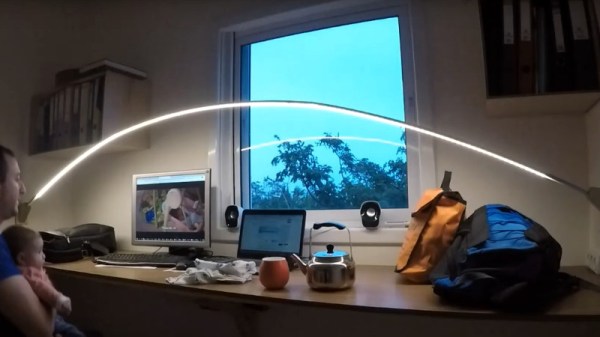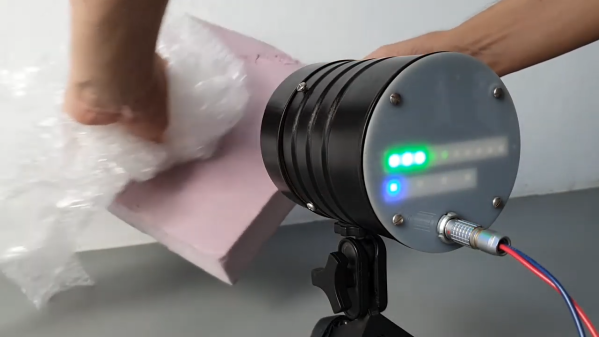Sometimes it feels as though all the good physical interactions with machines have disappeared. Given our current germ warfare situation, that is probably a good thing. But if fewer than ten people ever will be touching something, it’s probably okay to have a little fun and make your own interfaces for things.
Fun definitely seems to be some of the inspiration behind [sethvoltz]’s retro-style launch console. This two-factor authorization token-based system is responsible for an important task that usually receives no fanfare — deploying code to production.
The console is centered around a Yubikey, which is type of hardware dongle for 2FA. Flipping the guarded toggle switch will initiate the launch sequence, and then it’s time to insert the Yubikey into the 3D-printed lock cylinder and wait for authorization. If the Raspberry Pi decides all systems are go, then the key can be turned ninety degrees and the mushroom button mashed. You have our permission to peek at the declassified demo after the break. Stick around for a CAD view inside the lock cylinder.
Console culture was great, but the old full-size cabinets sure took up a lot of space. If you’re more of a hardware person, check out this mini-console for testing multiple servos.
Continue reading “Launch Console Delivers Enjoyment To Software Deployment”


















